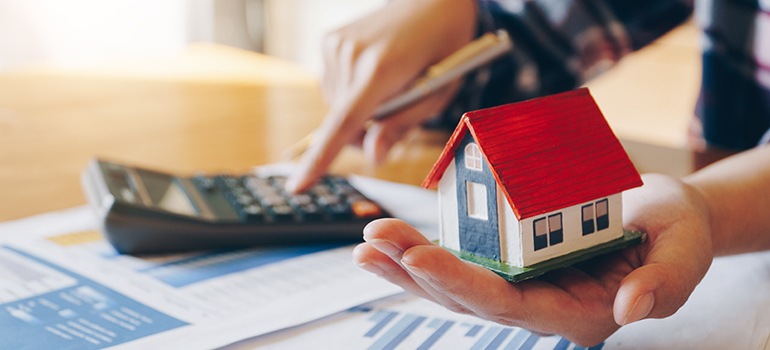Are You Ready to Purchase a House in 2023? Find Out!

2023 is almost here! Perhaps new year’s resolutions include buying a new home, but you aren’t quite sure where to start. Planning and saving for a home can feel overwhelming. There are many things to consider, such as your monthly income, savings, mortgage payments, and other expenses. By creating a homebuying budget, you’ll understand the costs of buying, owning, and maintaining your home and how to budget accordingly.
Figure out how much home you can afford
To calculate 'how much house can I afford,' a good rule of thumb is using the 28/36 rule, which states that you shouldn’t spend more than 28% of your gross, or pre-tax, monthly income on home-related costs and no more than 36% on total debts, including your mortgage, credit cards and other loans, like auto and student loans. Some mortgage programs allow much higher ratios but ask your mortgage lender for more information.
The 28/36 rule is a broadly accepted starting point for determining home affordability. However, you’ll still want to consider your entire financial situation when considering how much house you can afford. Check out our monthly budget worksheet for more details about creating a budget.
Other critical factors in calculating affordability are:
1) your monthly income
2) cash reserves (savings) to cover your down payment and closing costs
3) your monthly expenses
Three additional factors also play a role in determining how much you can afford to spend on a home:
Figure in down payment and closing costs
Depending on your mortgage type and credit history, your down payment will range from 0% to 20% of the home's purchase price. There are some first time homebuyer programs that include grant funds to cover down payment and closing costs.
If your down payment is less than 20% and you have a conventional loan, your lender will require you to have private mortgage insurance (PMI) each month until you build up 20% equity in your home. To avoid PMI, save for a larger down payment. Speak with your lender about your options and what suits your situation.
Your down payment is only part of the upfront costs you’ll need to consider when determining your homebuying budget. You’ll also need to pay closing costs, which include an appraisal fee, credit report fee, tax services fee, government recording charges and your lender’s origination fee. Typically, closing costs range from 2% to 5% of your purchase price.
Account for New and Ongoing Expenses
Make sure that your homebuying budget includes new and ongoing expenses. Be sure to talk with your mortgage lender about all anticipated costs throughout your homebuying process.
Depending on your situation, you should also prepare for other expenses like moving and buying new furniture or appliances.
Once you’re in the home, you’ll be responsible for making monthly mortgage payments that may include the following:
Our website has many helpful tools, including mortgage guides and calculators.
Need more help figuring out your homebuying budget? We are here to help! Our experts will compare the pros and cons of each loan option and ensure you end up with a mortgage that’s right for you.
For more information, contact KFS Mortgage Company today.